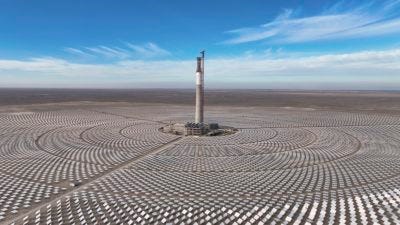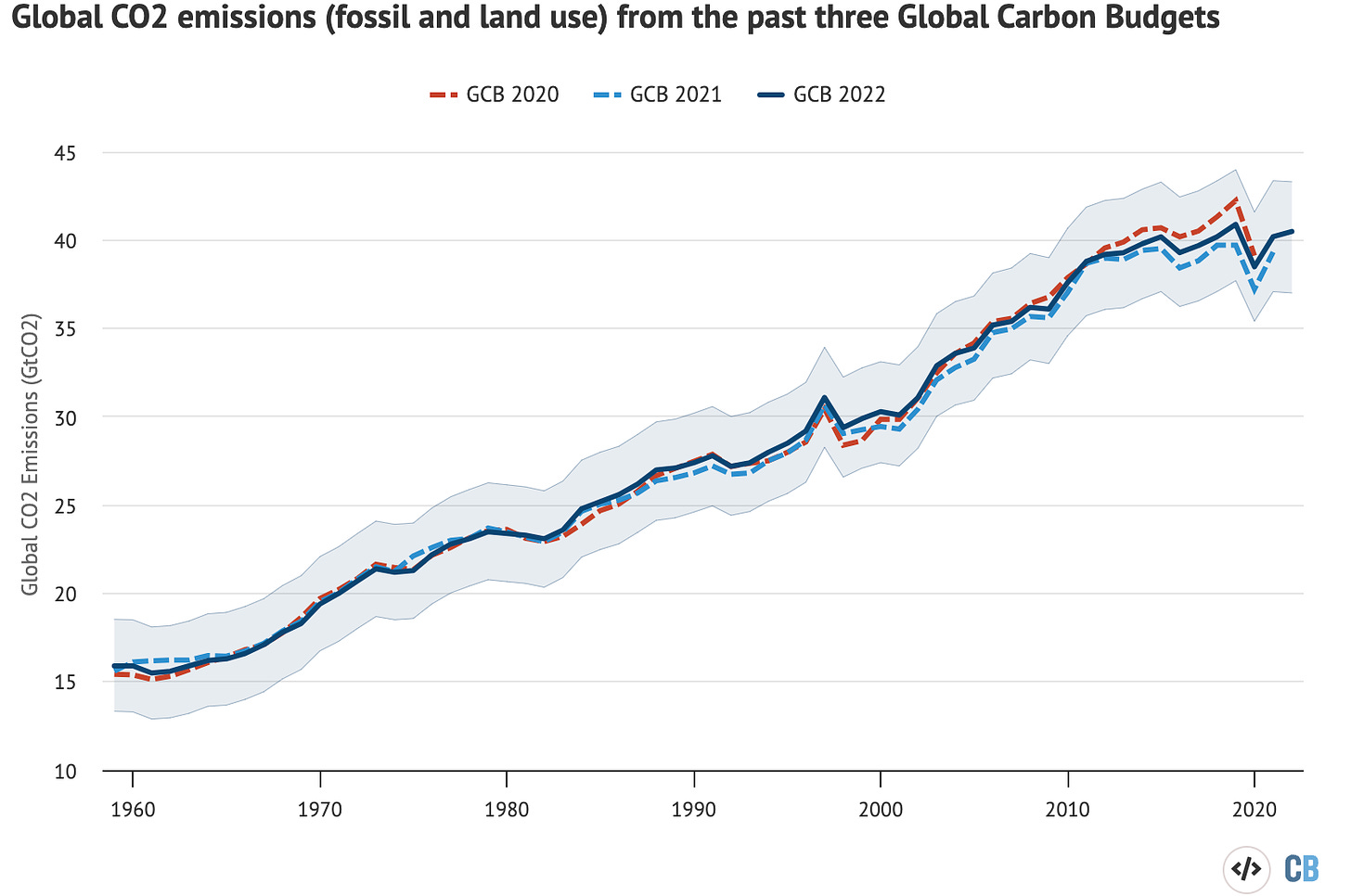What is the longest canal in the world?
a. The Panama Canal
b. The Suez Canal
c. The Grand Canal
d. The Erie Canal
e. Canal des Deux Mers
And the answer is …
The answer is China’s Grand Canal, which runs from Beijing to Hangzhou. It’s over 1,000 miles long, roughly the distance form New York City to Miami. Emperor Yang completed the canal in the year 609 CE. It’s a UNESCO World Heritage Site.
What share of the world’s supply of electricity is now produced by green energy?
a. 80 percent
b. 60 percent
c. 50 percent
d. 30 percent
e. 20 percent
And the answer is …
The answer is 30 percent.
What is China’s share of global coal production?
a. 19 percent
b. 26 percent
c. 30 percent
d. 44 percent
e. 52 percent
And the answer is …
The answer is 52 percent.
What is China’s Post-2019 share of the world’s increase in global green energy capacity?
a. 5 percent
b. 15 percent
c. 25 percent
d. 40 percent
e. 50 percent
And the answer is …
The answer is 40 percent. Today, China has 80 percent of the world’s existing solar energy capacity. Here’s a January 2024 picture of a solar energy plant under construction in Jiuquan, China.
Have global carbon emissions been rising in recent years?
a. Yes
b. No
And the answer is …
The answer appears to be No. As the chart below shows, global emissions have, in recent years, stayed relatively flat.
Is the planet on track to limit the post-2015 increase in global average temperature to 1.5°C as set in the 2015 Paris Accord?
a. Yes
b. No
And the answer is …
The answer is No. The latest estimate is a 2.7°C (4.9°F) rise in global tempearture by 2100. Here’s the general view of the impact of such a temperature rise as summarized by Google’s AI search engine: A 2.7°C increase in global temperature could place a third of the world's population outside the "climate niche" suitable for human habitation. In short, stabilizing global carbon emissions, as appears may be happening, is far from sufficient to prevent a climate catastrophe. For what, in my view, is the best model of optimal carbon tax policy, see this study, forthcoming in The European Economic Review.
Which country is larger, the U.S. or China?
a. The U.S. is much larger
b. China is much larger
c. The two countries are roughly the same size
And the answer is …
The two countries have essentially the same land mass, with China’s slightly larger. Interestingly, the U.S. has more farmland thanks to moisture from the Gulf of Mexico preventing the midwest, including Minnesota, from desertification. Yet China has more agricultural output than does the U.S.







Interesting post! Thank you.